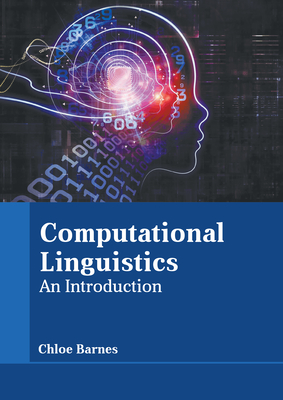基于信息论的组合分布语义
IF 5.3
2区 计算机科学
Q2 COMPUTER SCIENCE, ARTIFICIAL INTELLIGENCE
引用次数: 0
摘要
摘要在文本表征的背景下,组合分布语义模型旨在融合分布假设和组合原则。文本嵌入是基于共存在分布的,而表示又通过考虑文本结构的组合函数进行组合。然而,组成函数的理论基础仍然是一个悬而未决的问题。在本文中,我们定义并研究了基于信息论的组合分布语义(ICDS)的概念:(i)我们首先基于香农信息论建立了嵌入、组合和相似函数的形式性质;(ii)我们在这个棱镜下分析现有的方法,检查它们是否符合既定的理想性质;(iii)我们提出了两个可参数化的组合和相似函数,它们在满足形式性质的同时推广了传统方法;最后(iv)我们对几个文本相似性数据集进行了实证研究,这些数据集包括具有高和低词汇重叠的句子,以及单词之间的相似性及其描述。我们的理论分析和实证结果表明,在嵌入空间和意义空间之间的对应(等距)方面,实现形式属性对文本表示模型的准确性产生了积极影响。本文章由计算机程序翻译,如有差异,请以英文原文为准。
Information Theory–based Compositional Distributional Semantics
Abstract In the context of text representation, Compositional Distributional Semantics models aim to fuse the Distributional Hypothesis and the Principle of Compositionality. Text embedding is based on co-ocurrence distributions and the representations are in turn combined by compositional functions taking into account the text structure. However, the theoretical basis of compositional functions is still an open issue. In this article we define and study the notion of Information Theory–based Compositional Distributional Semantics (ICDS): (i) We first establish formal properties for embedding, composition, and similarity functions based on Shannon’s Information Theory; (ii) we analyze the existing approaches under this prism, checking whether or not they comply with the established desirable properties; (iii) we propose two parameterizable composition and similarity functions that generalize traditional approaches while fulfilling the formal properties; and finally (iv) we perform an empirical study on several textual similarity datasets that include sentences with a high and low lexical overlap, and on the similarity between words and their description. Our theoretical analysis and empirical results show that fulfilling formal properties affects positively the accuracy of text representation models in terms of correspondence (isometry) between the embedding and meaning spaces.
求助全文
通过发布文献求助,成功后即可免费获取论文全文。
去求助
来源期刊

Computational Linguistics
工程技术-计算机:跨学科应用
CiteScore
15.80
自引率
0.00%
发文量
45
审稿时长
>12 weeks
期刊介绍:
Computational Linguistics, the longest-running publication dedicated solely to the computational and mathematical aspects of language and the design of natural language processing systems, provides university and industry linguists, computational linguists, AI and machine learning researchers, cognitive scientists, speech specialists, and philosophers with the latest insights into the computational aspects of language research.
 求助内容:
求助内容: 应助结果提醒方式:
应助结果提醒方式:


